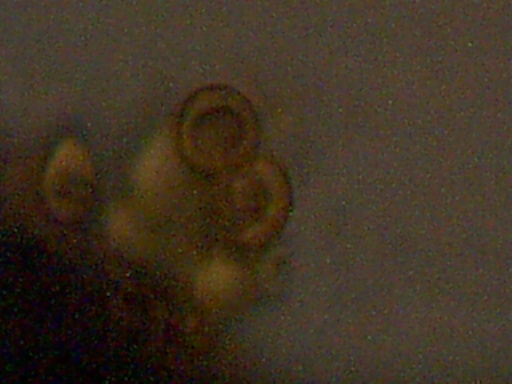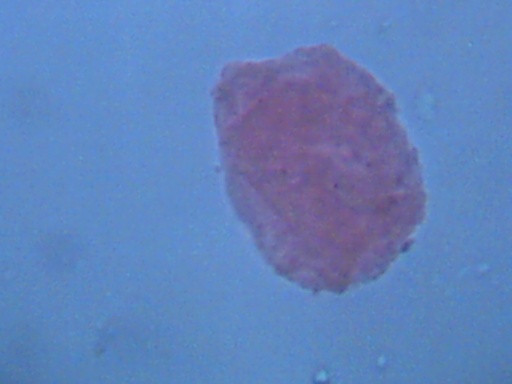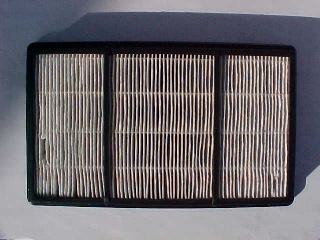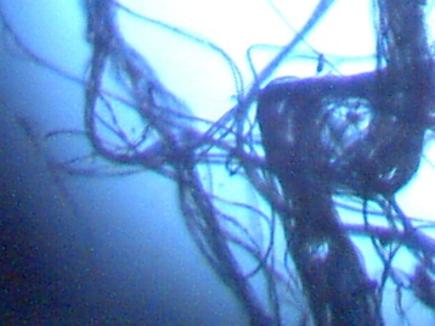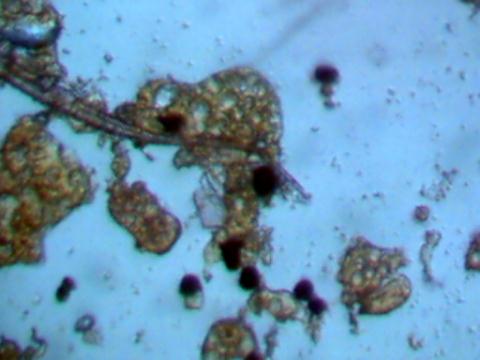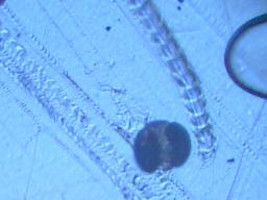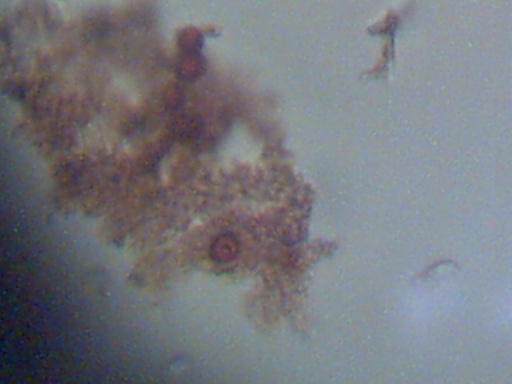
A second HEPA (High Efficiency Particulate Air) filter sample was received from Aspen, Colorado and was analyzed under microscope. This HEPA filter ran for five days approximately 15 feet above ground. This filter shows the frequent presence of biological materials. Visual analysis of the cellular materials appear so show erythrocytes (red blood cells), based on the uniformity, color, size and bi-concave nature of the cells. The results of this analysis show these samples to be exactly identical to the first HEPA filter analysis done in an earlier paper (HEPA BIOLOGICALS CONFIRMED). Two earlier airborne samples of fibrous samples also show the presence of similar biological components.
These results again demonstrate the urgent need for independent, professional and verifiable biological identification and medical analysis of the samples which are being disclosed. Considering these two samples of biologicals are identical, from locations 250 miles apart in the US, obviates the urgency for this sampling process to be extended across the entire nation.
